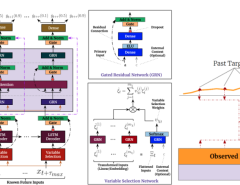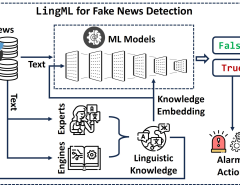Authors: Xiaomin Yu, Yezhaohui Wang, Yanfang Chen, Zhen Tao, Dinghao Xi, Shichao Song, Simin Niu
Published on: May 03, 2024
Impact Score: 8.2
Arxiv code: Arxiv:2405.00711
Summary
- What is new: A new taxonomy for Fake Artificial Intelligence Generated Content (FAIGC) categorization and comprehensive detection methods.
- Why this is important: The challenge in distinguishing between genuine content and FAIGC, given its high authenticity and widespread use in various daily aspects.
- What the research proposes: Introducing a taxonomy for a better understanding of FAIGC and various detection methods like Deceptive FAIGC Detection, Deepfake Detection, and Hallucination-based FAIGC Detection.
- Results: Effective categorization of FAIGC and identification of detection methods, outlining future research directions.
Technical Details
Technological frameworks used: Generative AI models, including Large Language Models (LLMs) and Diffusion Models (DMs)
Models used: Deceptive FAIGC Detection, Deepfake Detection, and Hallucination-based FAIGC Detection models
Data used: AI-generated texts, images, videos, and audio
Potential Impact
Content creation across mediums (text, image, video, audio), cybersecurity firms, and the digital information verification industry.
Want to implement this idea in a business?
We have generated a startup concept here: AuthentiGuard.




Leave a Reply